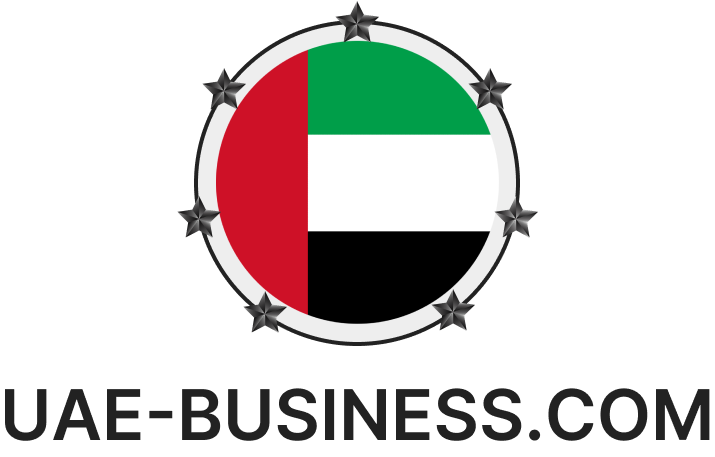April Showers and Powers at the Towers
A Recently, US levied sanctions on Russia’s tech companies and with increased geopolitical tensions affecting investor risk appetite, sending the US dollar index higher. All major US indices recorded losses on the last day of March ahead of the all-important NFP report. The US Labor Department is scheduled to release its jobs report for March shortly after recording a spike in payrolls in February. With the Fed set to raise interest rates again, the upcoming jobs report is expected to offer some insight into the extent of the hike. Analysts expect the US to report another strong rise in jobs and easing of the unemployment rate in March. Non-farm payrolls are projected to rise by 490,000, following 678,000 job additions in the previous month. With this, the US would have recovered more than 90% of the jobs lost during the pandemic. The unemployment rate is expected to ease to 3.7%, from the previous reading of 3.8%.
The US labor market has recovered significantly from the worst days of the pandemic, when the country recorded more than 20 million job losses. Monthly job additions have risen sharply, averaging more than half a million over the past 12 months, versus the monthly average of 164,000 in 2019. Although the high job additions point to an economic recovery being underway, it also serves as a reminder that the strong growth is likely to ease soon with the economy returning to normal levels. On the other hand, the US continues to face labor shortages, putting several sectors of the economy under significant pressure.
The country created 11.3 million jobs during February, but merely 6.7 million of those were filled. The US also recorded weekly jobless claims at around 202,000, slightly higher than the consensus estimates, but in-line with the pre-covid levels. The labor force participation rate came in at 62.3% for February, below the pre-pandemic figure of 63.4%. Wages rose slightly last month, and continues to lag inflation, with the latest CPI data showing inflation surging to a 40-year high in February. Markets will monitor updates from the Federal Reserve after the release of the jobs report, as this is expected to impact the central bank’s rate decision.
Now for the meaty analysis. As the Fed begins to raise interest rates to slow down inflation, expressing confidence that it can achieve a “soft landing” for the economy. Investors appear to be buying it for now. While bond markets are sending mixed signals, equities have continued to rise since the Fed raised rates by 25 basis points in mid-March. Major U.S. stock indices are back to roughly where they were in early February, erasing recent losses around the Russia-Ukraine conflict. Importantly, the nature of the rally has shifted, as “short covering,” a technical move that typically leads to sharp gains, has given way to something more fundamental: growing investor risk appetite, as told by the options market. These developments indicate markets may be counting on a “Goldilocks” scenario, where policymakers tame inflation with limited damage to economic growth and keep long-term rates low by historical standards. Such market confidence could possibly be well overrated due to the following three reasons;
- Stocks may be appearing overvalued – Earnings yields are low and price/earnings ratios are high relative to historical trends when considering prior periods of higher-than-expected inflation. Specifically, over the past 70 years or so, when the Consumer Price Index ran between 6% and 8%, S&P 500 price/earnings ratios averaged about 12. Today, that multiple is about 20. By another measure, the return premium that equity investors get for taking on risk appears low today, despite a litany of new and increasing risks including a maturing business cycle and ongoing geopolitical strife.
- Markets may not be effectively pricing in the impact of Fed’s balance-sheet reduction and liquidity withdrawal – The Fed has yet to announce details of such plans, and already US financial conditions have begun to tighten and are back to pre-COVID levels. Consensus expectations say the Fed will drain at least $560 billion over the rest of 2022, an action that would be equivalent to another quarter-percentage-point rate hike. As we have commented before, the Fed has limited experience with these operations and execution risk is high. Remember the Fed quickly aborted its 2018 balance sheet run-off when markets responded with heightened volatility.
- Market perceptions of the Fed’s resolve may be off – Investors seem to be looking for the “Fed put,” when policymakers limit market declines by easing monetary conditions. This hope may be misplaced, given the Fed’s recent hawkish rhetoric, with governors acknowledging a need to move more aggressively on tightening, including the possibility of half-point rate hikes, as opposed to the typical quarter-point ones. It’s possible that some of this positioning may be politically driven, but there is growing potential that the central bank will need to prioritize taming inflation over backstopping markets. In fact, the Morgan Stanley economics team now projects rate hikes of 50 basis points in both May and June.
All in all, instead of a policy cycle that is short and sweet and which continues to buoy passive indices, I see a roller coaster or a bumpier path, where policymakers are at least forced to acknowledge the degree of difficulty in executing the soft landing some optimistic investors are expecting. Investors should consider using rallies to take profits in passive indices and re-invest assets towards active management, looking to build a balanced portfolio with growth companies at reasonable prices. Also consider Treasuries, which I believe are now trading closer to near-term fair value.
Close at home, Crude oil sees wild swings led by geopolitics and new Covid-19 outbreak… Crude oil prices witnessed record high volatility during the last few weeks mainly led by the Russia/Ukraine war that was exacerbated by increasing Covid-19 cases in China. Intraday Brent crude oil prices reached as high as USD 139/b after US and several other countries in Europe announced banning import of Russian crude and natural gas by the end of this year, while many other countries lowered the purchase from Russia. The EU is also said to be working on a strategy to reduce the dependence on Russian natural gas by 80% by the end of the year. The restraint observed by OPEC+ in terms of adding barrels also supported the surge in crude oil prices. On the other hand, crude price quickly receded to USD 100/b mark on 15-Mar-2022 after demand growth expectations were seriously affected with China announcing lockdowns in some of the key global supply chain hubs this week after new Covid-19 cases reached a two-year high level. In addition, news of advancing cease fire talks between Russia and Ukraine also led to the price decline.
Bulk of the earlier gain in oil prices came from the supply side with the key question over replacing Russian oil with other suppliers. However, with already tight oil market even before the war, the shortfall is expected to worsen in the near term. OPEC+ said it will stick to its policy of increasing output by 0.4 mb/d next month while some producers in the group face production issues offsetting the overall increase. OPEC monthly production increased by 380 tb/d during February-2022 to reach 28.6 mb/d, according to Bloomberg, the highest since April-2020. Crude production is also ramping up in US and Canada, while also tapping strategic reserve, albeit on a marginal scale, to counter the short-term undersupply issue.
Moreover, talks with Iran on the nuclear deal, which would also ease restriction on Iran’s oil exports, were suspended due to Russian demand for an exception to trade with Iran. Meanwhile, in order to overcome the issue of banning of imports from Russia that led to record discount on Russian crude, producers in the country are offering flexible financing terms to attract buyers. The country is also offering selling crude in exchange for local currency, as seen in the case of Chinese Yuan as well as Indian INR. It was reported that India is considering Russian oil at discounted prices and through a Rupee/Rubble mechanism to continue broader bilateral trade between the two countries. On the demand side, the stronger-than-expected growth in Chinese economy during the first two months of 2022 supported sentiments in the market that was partially offset by the new covid restriction with almost 45 million people in lockdown. The country reported 7.5% increase in industrial output during the first two months of the year while retail sales and investments increased by 6.7% and 12.2%, respectively.
Here at home and don’t expect to see much happening here in Dubai vis a vis deals or transaction wise except the DEWA IPO pricing and movements thereafter. The powers that be at the financial towers with the Fed will now be tested and hold key direction. Wishing you and family a peaceful Ramadan Kareem!
 Geoffrey Muns is an Independent Financial Advisor and Planner certified from the UK, US and UAE based out of Dubai for the past 25 years. He also works in the PE/VC space and is a seasoned investment banker having worked with international banks and investment firms in the region. You may contact him at 1mgicapital@gmail.com
Geoffrey Muns is an Independent Financial Advisor and Planner certified from the UK, US and UAE based out of Dubai for the past 25 years. He also works in the PE/VC space and is a seasoned investment banker having worked with international banks and investment firms in the region. You may contact him at 1mgicapital@gmail.com
